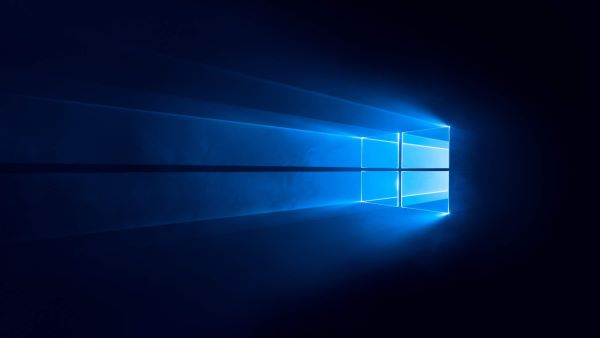
N-able is urging MSPs to begin planning as the end of support for Windows 10 approaches.
MSPs must play a key role in guiding clients through this change, which begins on October 14th 2025.
Many companies with older systems will need more guidance and encouragement to be proactive in making the necessary changes.
The transition will give businesses both opportunities and challenges, especially when it comes to upgrading from Windows 10 to Windows 11.
For companies with newer systems, this may be a straightforward software upgrade. However, older systems lacking Trusted Platform Module (TPM) 2.0 or nearing the end of their lifecycle pose more complex issues, often requiring new hardware.
Many business leaders are hesitant to OS upgrades.
However, after Windows 10’s end of support, these systems will no longer receive security patches, leaving businesses exposed to serious risks that an MSP will need to resolve.
To overcome resistance, MSPs can shift the conversation from “upgrades” to “business risk management.”
N-able’s Patch Management solutions help MSPs manage the timing and process of upgrades.
MSPs can also demonstrate the security risks and long-term cost implications of running unsupported software.
